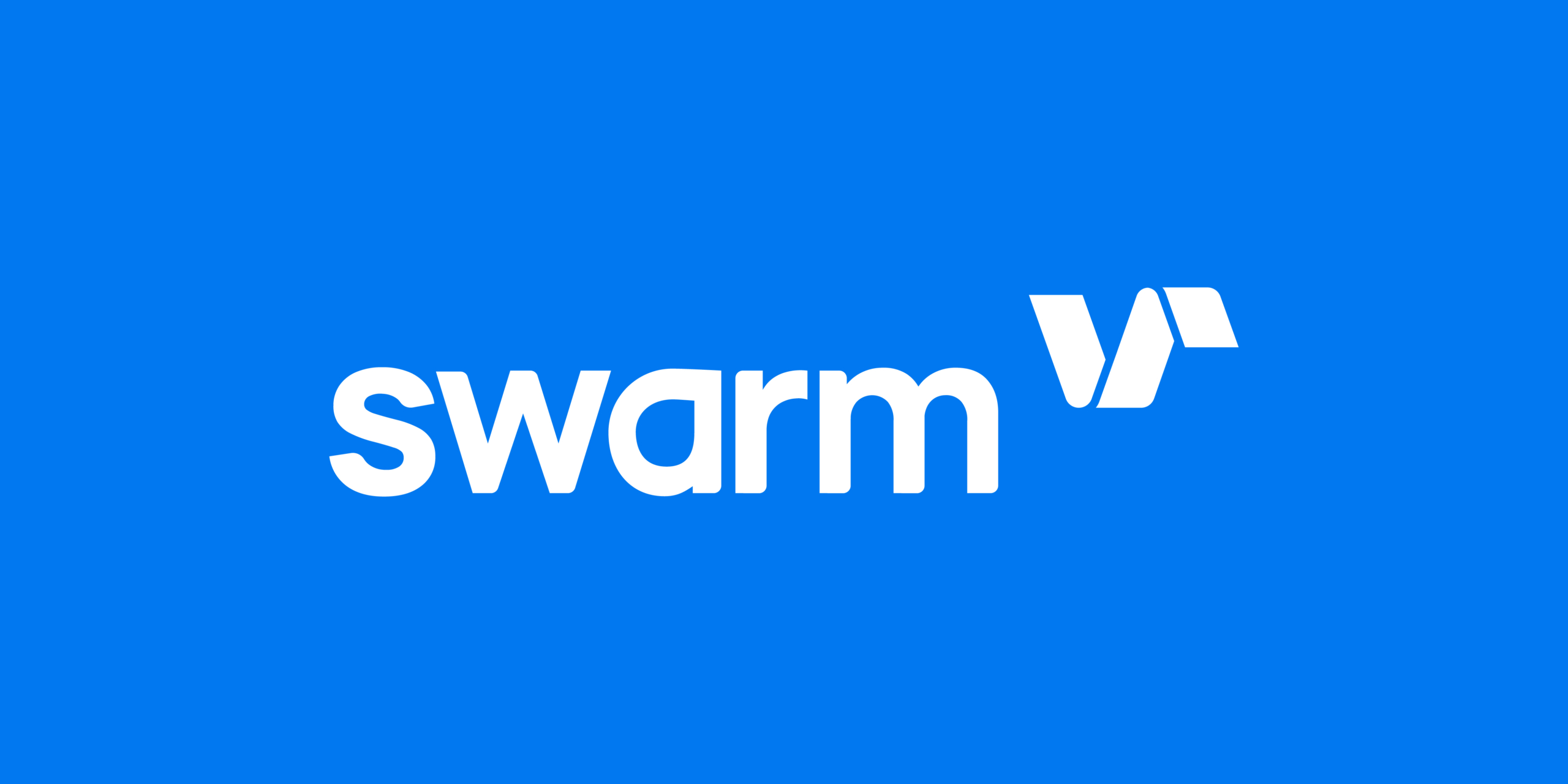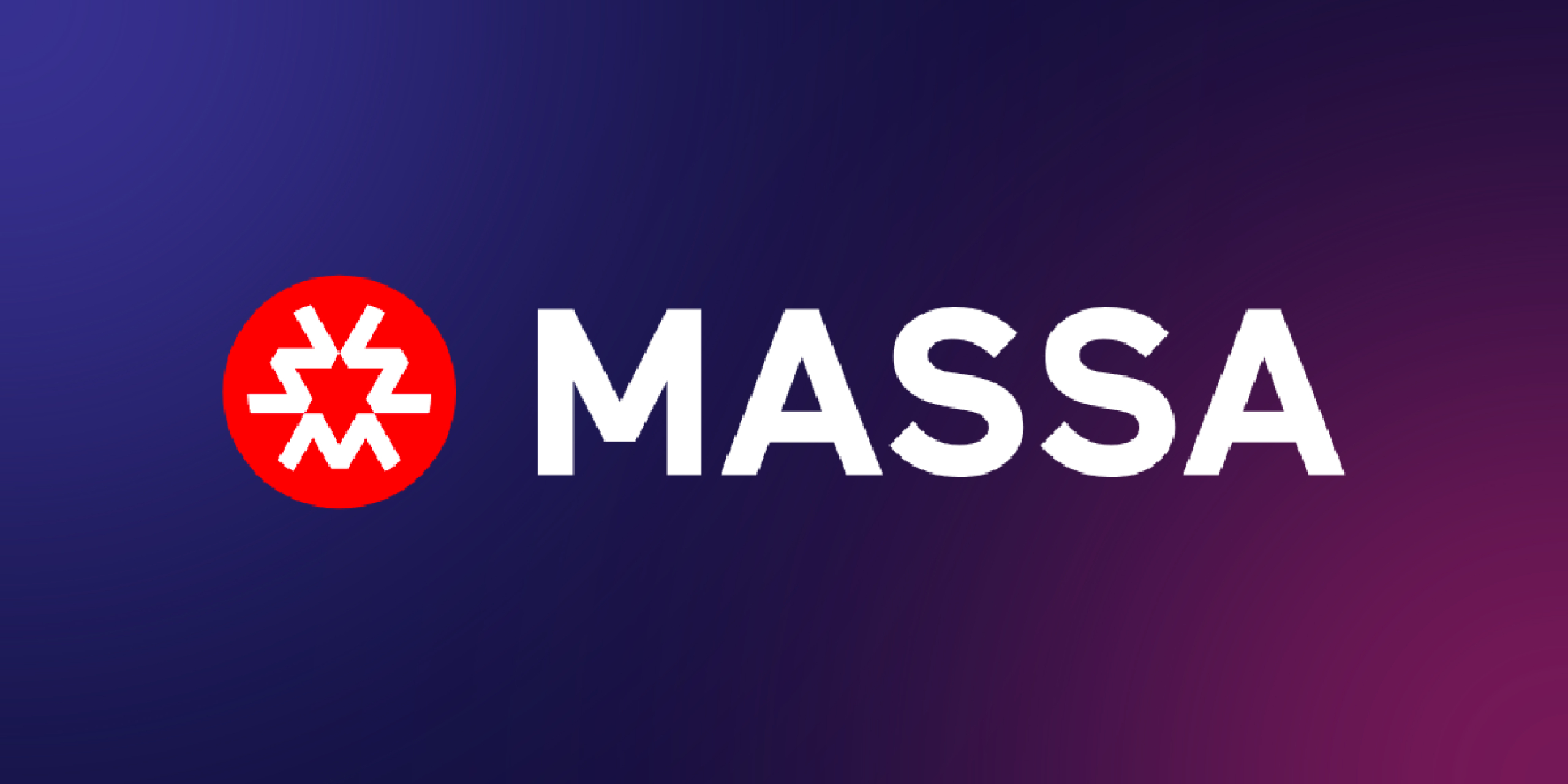Introduction
Swarm is an ambitious project that seeks to redefine the intersection of decentralized finance (DeFi) and traditional financial markets by introducing an on-chain compliance layer. This innovation is designed to integrate the regulatory frameworks required by conventional financial entities with the flexibility and accessibility of DeFi. By enabling trading cryptocurrency assets with tokenized real-world assets and stocks, Swarm positions itself as a pioneer in blending the worlds of finance.
Innovation
The heart of Swarm‘s innovation lies in its ability to marry regulatory compliance with the decentralized ethos of blockchain technology. This is achieved through the development of compliance wrappers and the tokenization of real-world assets, offering users a regulated pathway to engage with assets traditionally outside the scope of DeFi. This approach broadens DeFi’s horizons and aims to attract institutional investors by addressing regulatory concerns head-on.
Architecture
Swarm’s architecture is built around the Automated Market Maker (AMM) model, utilizing liquidity pools to trade ERC20 tokens. This foundational structure is enhanced by adding compliance wrappers, which ensure that both users and assets meet regulatory standards. Furthermore, the platform’s use of proxy contracts for transaction optimization speaks to a thoughtful approach in design, aiming to streamline user experience while maintaining compliance.
Code Quality
While the review does not dive deeply into the specifics of Swarm‘s codebase, the platform’s emphasis on regulatory compliance and the integration of sophisticated features like proxy contracts suggest high technical proficiency. The platform’s operation within Germany’s regulatory framework indicates adherence to stringent quality and security standards.
Swarm Product Roadmap
Swarm’s roadmap likely extends beyond its current offerings, with potential expansions into direct fiat-to-token purchases and broader geographic service areas. The commitment to regulatory compliance and innovative DeFi solutions paint a picture of a platform poised for growth, particularly in attracting institutional investment.
Usability
Swarm’s usability benefits from integrating compliance measures directly into the user experience, potentially reducing the friction typically associated with regulatory compliance in finance. However, limitations such as geographic restrictions and the requirement for users to hold supported assets may affect its accessibility and ease of use for a broader audience.
Team
While the review does not detail the Swarm team, the platform’s achievements—particularly its regulatory compliance in Germany—suggest a team with robust expertise in blockchain technology and the financial regulatory landscape. Such expertise is critical for navigating the complexities of integrating DeFi innovations with traditional financial regulations.
Conclusion
Swarm represents a significant step forward in the convergence of DeFi and traditional finance, offering a platform that respects the regulatory requirements of institutional investors while embracing the principles of decentralization. Its innovative approach to compliance, combined with the potential for tokenizing a wide range of assets, positions Swarm as a potential catalyst for broader adoption of DeFi practices. However, the platform’s success will likely depend on its ability to balance regulatory compliance with the decentralized ethos of blockchain and expand its services to meet the demands of a global audience. As with any investment, potential users should conduct thorough research and consider the platform’s limitations and geographic restrictions before engaging.
| Initial Screening | |||
| Keep researching | |||
| Does this project need to use blockchain technology? | Yes | ||
| Can this project be realized? | Yes | ||
| Is there a viable use case for this project? | Yes | ||
| Is the project protected from commonly known attacks? | Yes | ||
| Are there no careless errors in the whitepaper? | Yes | ||
| Project Technology Score | |||
| Description | Scorecard | ||
| Innovation (Out Of 11) | 7 | ||
| How have similar projects performed? | Good | 2 | |
| Are there too many innovations? | Regular | 2 | |
| Percentage of crypto users that will use the project? | 1% – 5% | 1 | |
| Is the project unique? | Yes | 2 | |
| Architecture (Out of 12) | 11 | ||
| Overall feeling after reading whitepaper? | Good | 2 | |
| Resistance to possible attacks? | Good | 2 | |
| Complexity of the architecture? | Easy | 2 | |
| Time taken to understand the architecture? | 20 – 50 min | 1 | |
| Overall feeling about the architecture after deeper research? | Good | 4 | |
| Has the project been hacked ? | No | 0 | |
| Code Quality (out of 15) | 14 | ||
| Is the project open source? | Yes | 2 | |
| Does the project use good code like C,C++, Rust, Erlang, Ruby, etc? | Yes | 2 | |
| Could the project use better programming languages? | No | 0 | |
| Github number of lines? | More than 10K | 1 | |
| Github commits per month? | More than 10 | 2 | |
| What is the quality of the code? | Good | 2 | |
| How well is the code commented? | Outstanding | 2 | |
| Overall quality of the test coverage? | Good | 1 | |
| Overall quality of the maintainability index? | Outstanding | 2 | |
| When Mainnet (out of 5) | 5 | ||
| When does the mainnet come out? | Mainnet Ready | 5 | |
| Usability for Infrastructure Projects (out of 5) | 5 | ||
| Is it easy to use for the end customer? | Yes | 5 | |
| Team (out of 7) | 6 | ||
| Number of active developers? | 5+ | 2 | |
| Developers average Git Background? | Senior | 2 | |
| Developers coding style? | Solid | 2 | |
| Total Score (out of 55) | 48 | ||
| Percentage Score | |||
| Innovation | 12.73% | ||
| Architecture | 20.00% | ||
| Code Quality | 25.45% | ||
| Mainnet | 9.09% | ||
| Usability | 9.09% | ||
| Team | 10.91% | ||
| Total | 87.27% |





